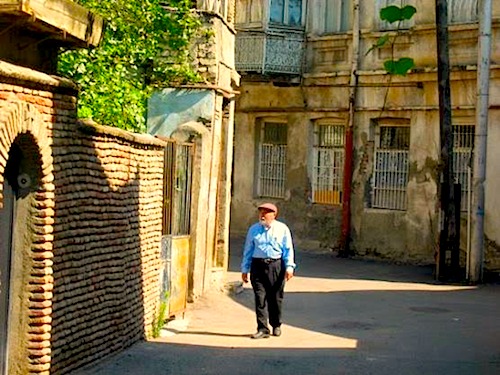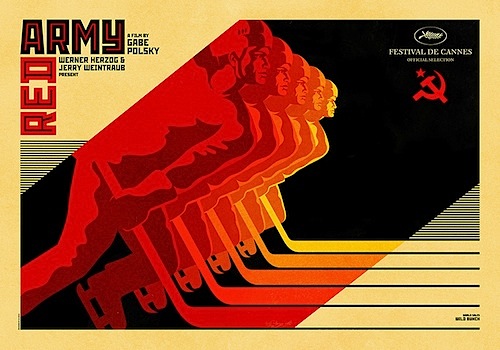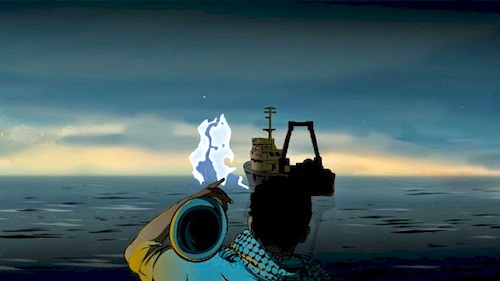By Joe Bendel. It is hard to imagine how a parent could ever abandon two good kids like Mia and Alexandra, but China’s draconian One Child policy and the extreme rural poverty force people to do desperate things. At least they were each adopted into loving homes—that is, each of them separately. Evidently, the orphanage thought they stood a better chance of adoption individually, rather than as a package deal. However, through the intercession of fate, the sisters would maintain not just an awareness, but also a love for each other, despite living on opposite sides of the Earth. Mona Friis Bertheussen documents their indomitable bond in Twin Sisters, which airs this Monday as part of the current season of Independent Lens.
In 2003, the Hauglums from Norway and the Hansens from Sacramento came to China to adopt a baby girl. The Norwegian group was supposed to be gone by the time the American adoptees arrived, but events conspired to delay the Hauglums. Suddenly, they were amazed to see the Hansens holding a little girl, who was the spitting image of their Alexandra. Despite the orphanage’s denials, they exchanged contact information and eventually performed a DNA test, but it would hardly be necessary as the girls got older. Seriously, look at them.
Although there are cultural and linguistic barriers, both girls grow up feeling a deep connection to each, even though they had never really met. Eventually, the parents arrange to visit each other and are rather staggered by the girls’ similar mannerisms and personalities.
Obviously, the twins’ situation is imperfect, since they would dearly wish to live together, but their respective parents are good people, who do the best they can. Frankly, that is quite nice to see in a documentary, for a change. For sociologists, there is probably plenty of nature versus nurture grist as well, but most viewers will just be charmed by the sweet tempered girls themselves.

Cheers to Bertheussen for making Sisters, because its European festival screenings served as another catalyst to bring together the twins. However, there is a conspicuous lack of follow-up with respects to the orphanage. Many viewers might like to see her try to get some bureaucrat there to admit on-camera they flat-out lied, as the Hansens and Hauglums can prove. Instead, she maintains her focus on the families, preferring a humanist vibe over potential confrontations.
Consequently, Twin Sisters is a sensitive film that borders on outright feel-goodism. Bertheussen’s young subjects are more than engaging enough to sustain the film, convincing viewers China’s loss will be America and Norway’s considerable gains. Recommended for those in search of wholesome family viewing, Twin Sisters airs this Monday (10/20) on most PBS outlets nationwide.
LFM GRADE: B+
Posted on October 20th, 2014 at 9:22pm.




